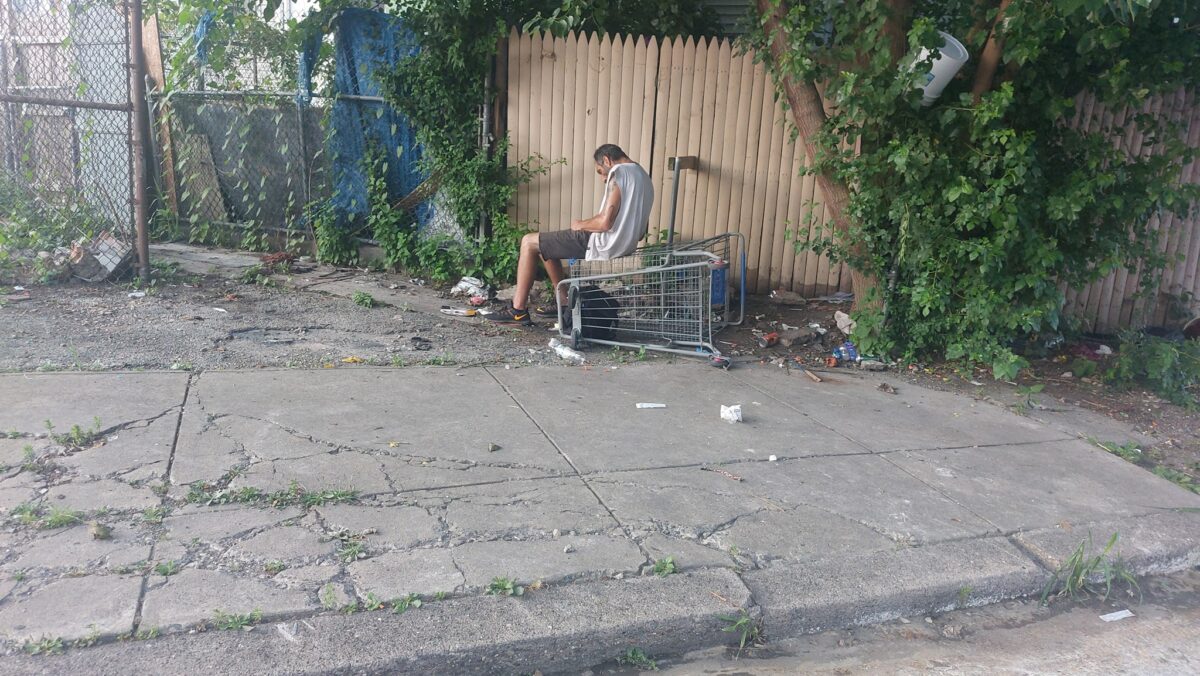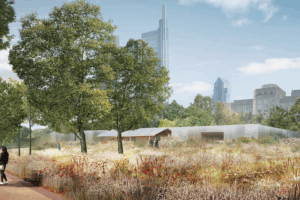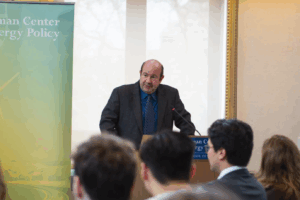Mayor Parker’s Approach Faces Challenges in a Neighborhood Plagued by Drugs, Crime, and Blight.
Nestled in the heart of Philadelphia lies Kensington, a neighborhood whose name evokes a complex tapestry of history, culture, and unfortunately, a notorious reputation tied to drug crime.
Kensington is the beating heart of Philadelphia’s opioid crisis. A record-setting 1,413 Philadelphians died of drug overdoses in 2022, an 11% increase from the 2021 death toll of 1,276, according to the city’s Opioid Response Unit.
According to NPR, Kensington has the highest rate of drug crime of any neighborhood in Philadelphia. The citizens who live there pay the price, in the form of a 40% premium for insurance and trash removal due to the blatant drug trade, drug use, and homelessness.
Newly-elected Philadelphia Mayor Cherelle Parker has promised a new approach for the neighborhood, which hosts one of America’s largest open-air drug markets. Drug users can frequently be seen staggering through the streets and open drug use is commonplace.
Her predecessor, Jim Kenney, prioritized a “harm-reduction” strategy, while in her short time in office Parker has forged a new path.
During Parker’s tenure, Philadelphia police have cleared encampments from the neighborhood and pulled 28 people off the street and into treatment centers, according to News Nation. On July 12, the city announced $360,000 in new grant funding to support a partnership between the city and nonprofit groups that seek to improve blight removal efforts, public safety, and community development.
Despite Parker’s efforts, Fox News reported on July 11 that despite the recent appearance of dozens of additional police officers on Kensington’s streets, the city’s efforts are just a temporary salve rather than a real cure. Parker has suggested calling in the National Guard or reinstituting “stop-and-frisk” policies to address the crisis.
“We are laser-focused on improving the quality of life for the residents of Kensington,” said Mayor Parker when announcing the grants. Kensington’s quality of life is far below the national average – so how did Kensington get this way?
Over the decades, Kensington has evolved from a thriving industrial hub to a focal point in Philadelphia’s ongoing struggle with substance abuse and its associated criminal activity.
Understanding the history of drug crime in Kensington unveils not just the challenges faced by this community, but also the broader socio-economic factors that have shaped its trajectory. From its early days as a manufacturing powerhouse to its current status as a battleground in the opioid epidemic, Kensington’s story is a poignant reflection of urban America’s enduring struggles with addiction, poverty, and the quest for revitalization.
Tragically, Kensington’s 19th Century manufacturing boom was not to last. “Decades of deindustrialization and disinvestment” would erode the civic society in the northeast Philadelphia neighborhood, according to Ken Finkel of PhillyHistory.
Kensington’s blight has persisted over decades, despite several cycles of “tough on crime” policies enacted by Philadelphia’s Democratic leadership. Over the past four decades, Philadelphia has navigated through significant shifts in crime trends shaped by various societal factors.
The 1980s and early 1990s marked a period of heightened violent crime, paralleling the crack cocaine epidemic that fueled increases in homicides, aggravated assaults, and robberies across the city. Law enforcement struggled with the pervasive influence of drug-related activities during this era.
Moving into the early 2000s, Philadelphia implemented strategies such as community policing and targeted law enforcement efforts, contributing to a notable decline in violent crime rates. However, challenges persisted in controlling homicides and addressing issues stemming from drug and gang activities.
By the mid-2000s and through the 2010s, Philadelphia saw fluctuations in crime rates, with persistent concerns over homicides and ongoing efforts to combat gang violence and illegal firearms trafficking.
The city increasingly focused on community engagement and enhancing trust between law enforcement and communities, leveraging technology and data-driven approaches to target crime hotspots more effectively. Throughout these decades, socioeconomic factors such as poverty, unemployment, and education disparities continued to influence crime dynamics in various neighborhoods.





